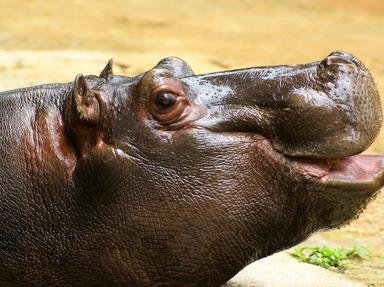
Nest Quest: Identify the Egg Layers Quiz
The animal kingdom has developed a wide range of reproductive methods. Some species lay eggs, others don't. Let's see if you can find the egg layers.
A collection quiz
by wellenbrecher.
Estimated time: 3 mins.